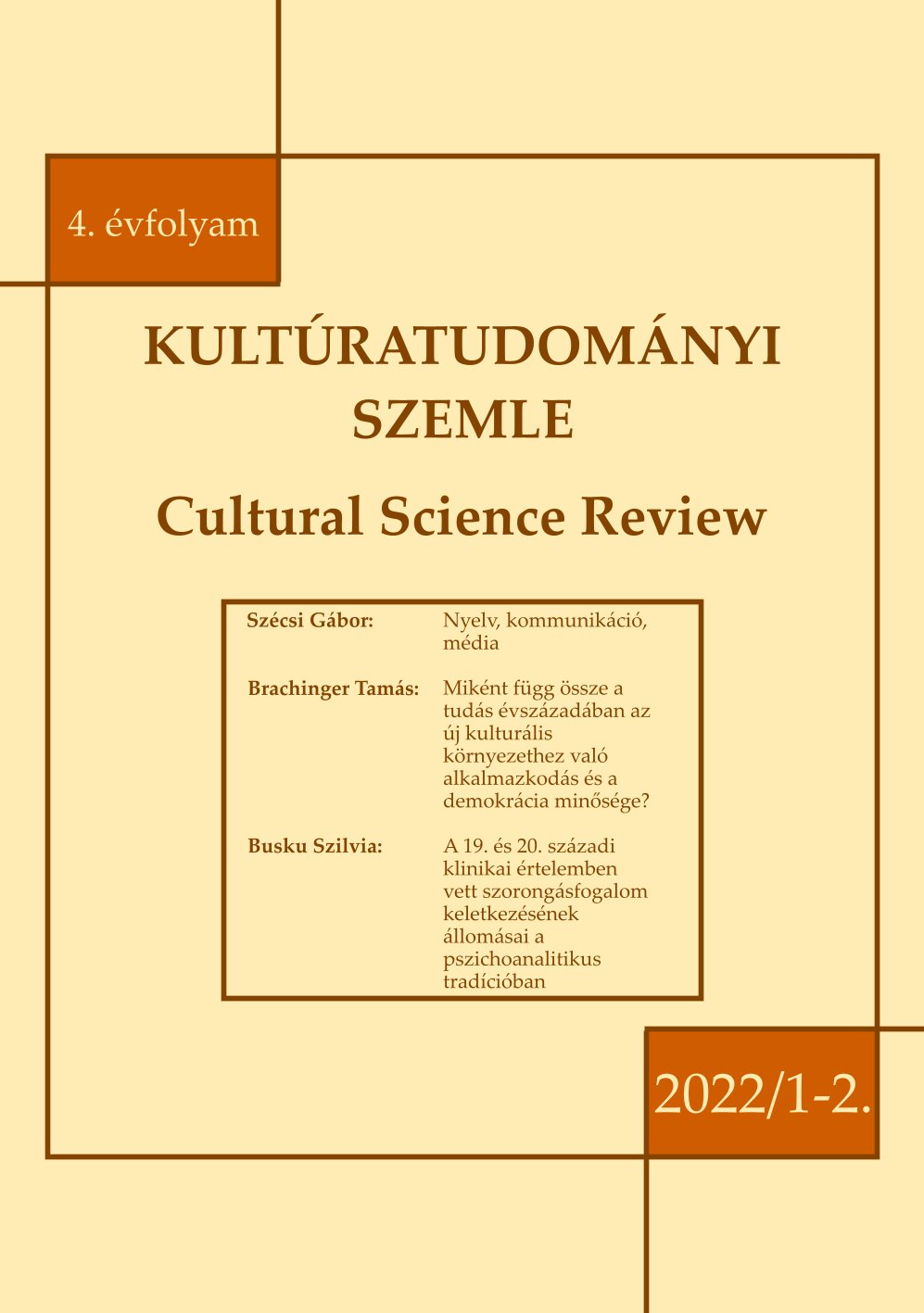Mentalizációs képességek fejlődése és összefüggése a nyelvi fejlődés zavaraival
DOI:
https://doi.org/10.15170/KSZ.2022.04.01-02.04Abstract
Development of mentalization skills and their relation to language development disorders
Enikő Györkő
Research of Theory of Mind (ToM) suggests that mentalizing ability correlates with the development of language skills. This study aimed to examine the relationships of the atypical development of language skills with ToM in school-age children. In the article we collected 3-year-old preschool child with atypical and normal language development. The atypical development of
language was measured by the KOFA-3 test, while ToM was measured by Sally and Anne test. Research has shown that children with delayed speech development have been significantly unsuccessful in resolving their mentalization situation compared to a group of children who typically develop. However, no correlation was found between KOFA-3 repository values and
unsuccessful cognitive situations. The article argues that language development has an effect on the development of mentalizing ability. In other words, in the understanding of others, the state of thought is mutually supported by linguistic and cognitive theory.

